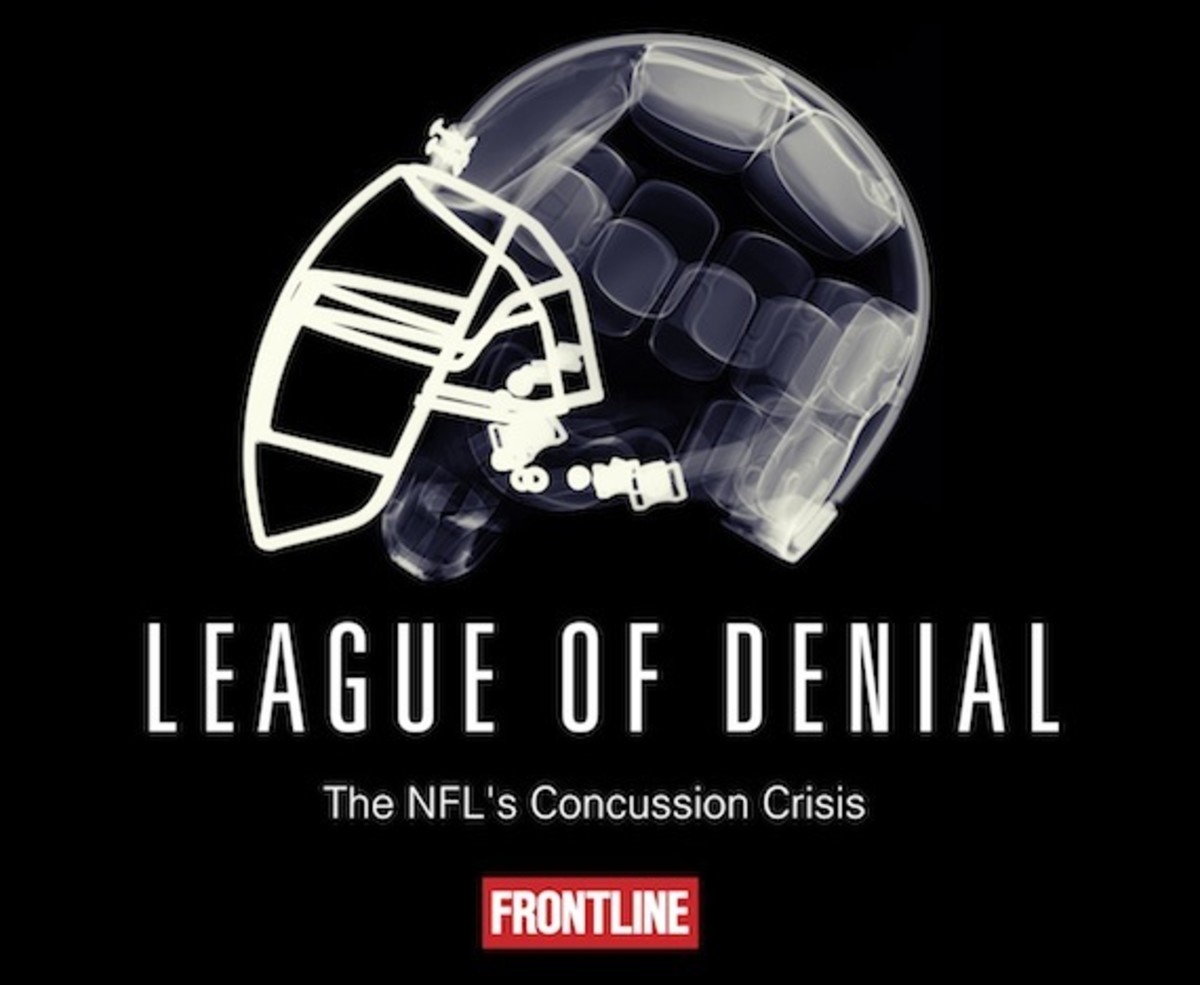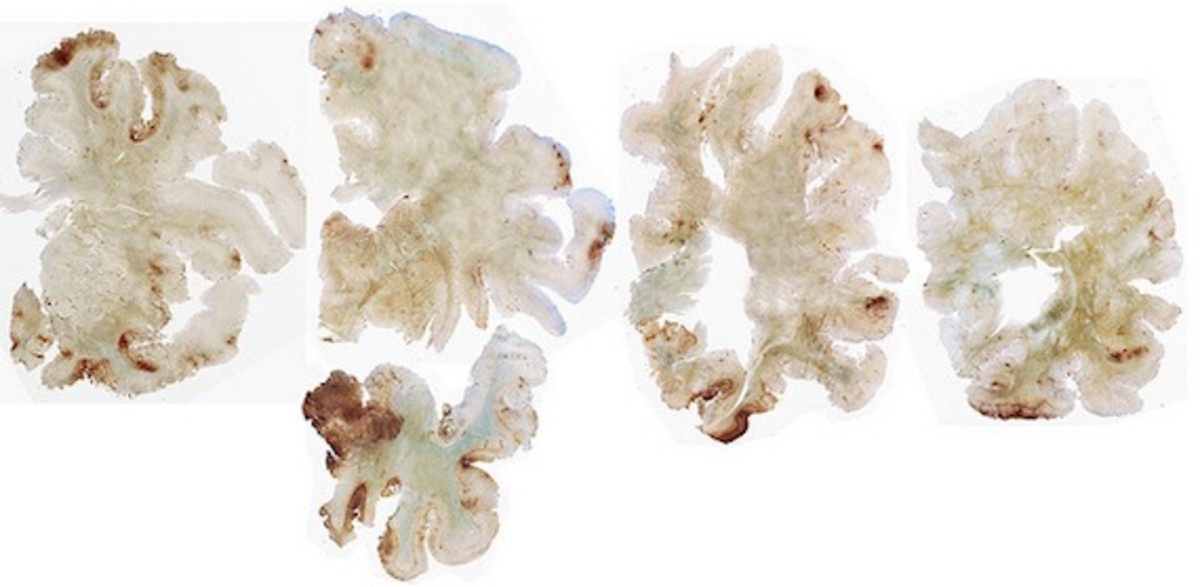Are Equestrian Safety Issues Riding Between the Lines of PBS’ Frontline “League of Denial” Expos? on Head Injuries?
- September 19, 2017
- ⎯ Fran Jurga

I wasn’t planning to watch a two-hour news documentary on National Football League (NFL) policies on player safety and head injuries. But from the opening scene, I was hooked.
“League of Denial”, a PBS Frontline special investigation, is a two-hour news documentary on head injuries in sports. It uses professional football as a case in point. It was a muddy field that the producers laid out, and I’d never seen PBS be quite so hard-hitting. But in the end, it was about much more than what happens when heads collide, more than about the dangers of playing sports while injured or even what can happen if you play after multiple head traumas.

In my book, PBS scored a touchdown, and left me wanting more information.
What I found fascinating was the emphasis on the play-at-any-cost culture that is part of most sports, even when it hurts the athletes’ bodies or their heads. In the case of some NFL athletes, it might even have cost them their lives.
One of the biggest issues at stake for professional football is the possibility that the danger of head injuries in football might cause parents to forbid their children to play school football. Frontline’s investigative journalists dangled the proposition that the NFL had possibly sacrificed the longterm well-being of players under a thin mirage of “research” that wasn’t poked and prodded too deeply by academic reviewers. As a result, the prevalence of head injuries in football was downplayed for years, and shocking research to the contrary was dismissed.
How close this is to the truth may never be known, since the story covers several decades and multiple commissioners of football. But the PBS investigators and medical researchers make a strong case for what the NFL knew, when it knew it…and what it didn’t do about it.

At the same time, Frontline pointed an accusing finger at television sports producers who have, over those same decades, created an escalating “hit” mania on the field and in the living rooms of America. Enhanced audio even picks up and amplifies the grunts and groans of players.
By comparison, equestrian and horse sports seem squeaky clean, but it’s pretty easy to see how the culture that loves to see a quarterback sacked could find pleasure in the meanest rodeo?broncs and worst cross-country spills. The “Put me in, coach!” mentality of a concussed football player outlined by Frontline translates easily to the unpopular-in-some-circles-one-fall-and-you’re-out rule in US eventing.
But not even football can hold a candle to equestrian brain injuries. According to the Centers for Disease Control in 2007, horseback riding causes the highest proportion (11.7), of traumatic brain injuries among sports-related recreational activities. Since 2007, sport organizations and even state governments have initiated regulations to require at least young riders to wear helmets; the US Equestrian Federation, US Pony Clubs, Federation Equestre Internationale and other sports organizations have farther reaching safety programs that require all participants to wear helmets for some disciplines in warmup and/or during actual competition.
PBS has created a dedicated mini-site for League of Denial where you can watch the two-hour documentary online.?There are a dozen or so ancillary articles there as well, and links to resources. Most are specific to professional football, but many have critical information about the emerging information on traumatic head injuries that is of great importance to the horse world.
Football is big business in the USA, and believe it or not, football is important to horse sports. That’s because so much equipment and materials developed to make equipment used in football end up becoming available to other sports.

When it comes to helmets, football and bicycle racing are two sports that generate innovative research and development. While helmets are a big part of the safety picture in horse sports, they are just part of the picture. A bigger part of the picture that needs to be painted is creating a culture, whether in football or horse sports or any sport, where safety measures are simple, seamless and don’t get in the way of enjoying the sport. This is especially critical for novices and children: if it’s not fun, they won’t be motivated to participate. And if the safety measures are too expensive, children and novices can’t afford the necessary instruction and practice to reach a level of proficiency to become lifelong riders. It’s a thin line to walk between safety and sustainability.
[VIDEOSINGLE type=”youtube” keyid=”Y2pkoiSo-j0″, width=”560″, height=”344″]
“League of Denial” is about football, but the Sports Legacy Institute (SLI) at Boston University School of Medicine is interested in how sports of all kinds put athletes at risk for head injuries. The SLI has a resource-filled website, featuring a concussion checklist, a self-guided test, and an instant connection to an organization that is making a difference in both funding research and educating athletes about head injuries.

No one I’ve talked to or heard on the documentary wants to curtail sports or discourage athletes. What they do want to do is make up for some lost time when people frankly chose not to acknowledge their injuries, and got away with it. That is still going on in some sports.
This winter, Chris Nowinski and SLI will launch their feature documentary on concussion injuries in school sports. “Head Games” will help parents and athletes and all of us understand how and why injuries occur, and continue to occur, in the current sports culture in spite of what seems like a well-established safety net of regulations and equipment.
How can we write horse sports into Chris Nowinski’s book next to hockey and soccer and football?
“League of Denial” isn’t about horse sports and neither is “Head Games”. But don’t you see horses in the background when you watch? Don’t you find yourself nodding your head?
Just as we had to learn that smoking wasn’t cool and that McDonald’s wasn’t the place to go for lunch on a daily basis, we need to learn to protect ourselves and each other, and to make sure that our sports don’t earn black marks against their names for looking the other way when it comes to what is potentially the biggest story of the year in US sports. All sports. Even ours.
For some of us, it might be the biggest story of our lives.





